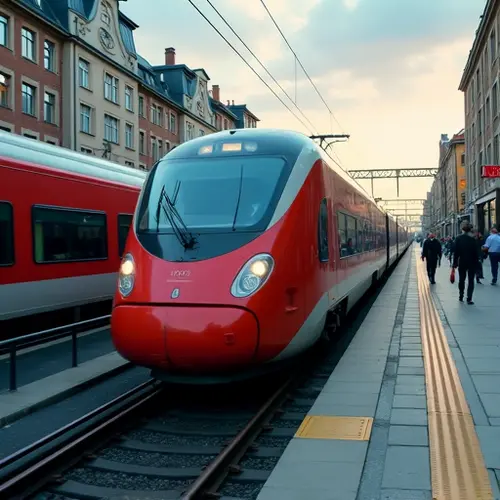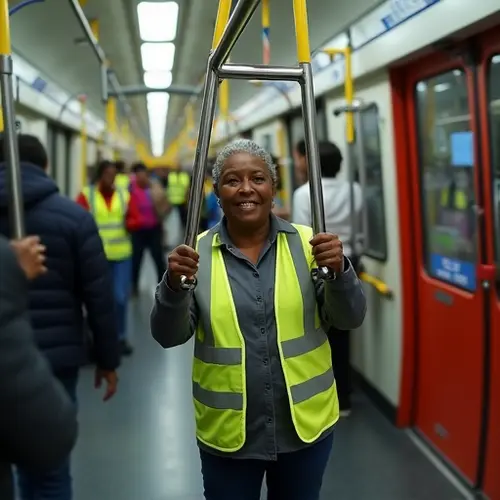
The Impact of High-Speed Rail on European Real Estate
High-speed rail (HSR) networks across Europe are not just transforming travel; they are reshaping real estate markets. With the European Union investing billions into infrastructure, cities connected by these rail corridors are experiencing a surge in housing prices, attracting remote workers, and altering commuter patterns.
Rising Housing Prices
Areas near high-speed rail stations are becoming hotspots for real estate investment. For example, in Spain, which boasts the largest HSR network in Europe, property values near stations in cities like Madrid and Barcelona have skyrocketed. The convenience of rapid transit makes these locations highly desirable for both residents and businesses.
Attracting a New Workforce
The ability to commute quickly between major cities is drawing professionals who prefer the affordability of smaller towns without sacrificing access to urban job markets. This trend is particularly evident in France and Germany, where high-speed rail links between cities like Paris and Lyon or Berlin and Munich are fueling regional growth.
Shifting Commuter Patterns
Traditional commuter hubs are expanding as high-speed rail reduces travel times. For instance, the Italian "Direttissima" line between Florence and Rome has made it feasible for people to live in one city while working in another, a phenomenon previously uncommon in Italy.
The Future of European Real Estate
As the EU continues to fund HSR projects, the ripple effects on real estate are expected to grow. Experts predict that cities like Amsterdam and Brussels, which are part of emerging cross-border networks, will see similar booms in property markets.

 Nederlands
Nederlands English
English Français
Français Deutsch
Deutsch Español
Español Português
Português








